planning a new veg garden, need help
pvel
12 years ago
Related Stories
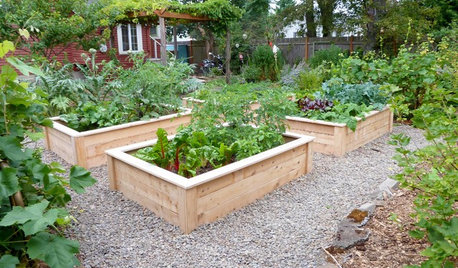
GARDENING GUIDES12 Tips to Help You Start an Edible Garden
Get on your way to growing your own vegetables with a raised bed or a few containers on the patio
Full Story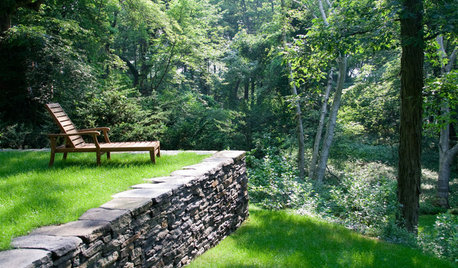
LANDSCAPE DESIGNWhat the Heck Is a Ha-Ha, and How Can It Help Your Garden?
Take cues from a historical garden feature to create security and borders without compromising a view
Full Story
LANDSCAPE DESIGNNative Plants Help You Find Your Garden Style
Imagine the garden of your dreams designed with plants indigenous to your region
Full Story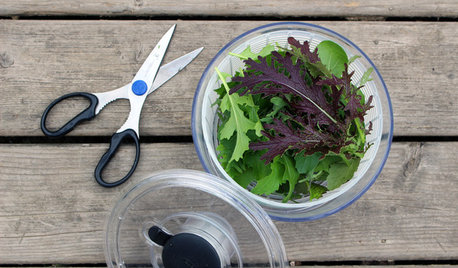
FARM YOUR YARDThe 8 Tools That Help Bring the Farm to Your Table
Vegetable gardeners get a big assist from these essential helpers
Full Story
EARTH DAYHow to Help Your Town’s Beneficial Birds and Bugs
Make a habitat using local materials to provide a home to the creatures that help our gardens
Full Story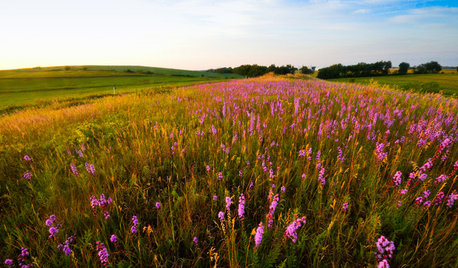
GARDENING GUIDESHelp Fuel the Monarch Migration With These 6 Prairie Plants
Try these nectar-rich beauties and help autumn monarchs
Full Story
WINTER GARDENINGHow to Help Your Trees Weather a Storm
Seeing trees safely through winter storms means choosing the right species, siting them carefully and paying attention during the tempests
Full Story
LANDSCAPE DESIGNHow to Help Your Home Fit Into the Landscape
Use color, texture and shape to create a smooth transition from home to garden
Full Story
BATHROOM WORKBOOKStandard Fixture Dimensions and Measurements for a Primary Bath
Create a luxe bathroom that functions well with these key measurements and layout tips
Full Story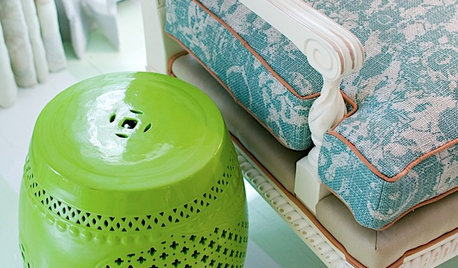
DECORATING GUIDESThe Most Helpful Furniture Piece You May Ever Own
Use it as a table, a seat, a display space, a footrest ... and indoors or out. Meet the ever-versatile Chinese garden stool
Full Story





potager_newbie
pvelOriginal Author
Related Professionals
Glendora Landscape Architects & Landscape Designers · East Patchogue Landscape Architects & Landscape Designers · Matthews Landscape Contractors · Arlington Landscape Contractors · Arden-Arcade Landscape Contractors · Darien Landscape Contractors · East Patchogue Landscape Contractors · Lake Worth Landscape Contractors · Mashpee Landscape Contractors · Monterey Landscape Contractors · Soddy Daisy Landscape Contractors · Webster Groves Landscape Contractors · Wethersfield Landscape Contractors · Fair Oaks Swimming Pool Builders · North Hollywood Swimming Pool Buildersnatal
nancyjane_gardener
peachymomo
natal
ali-b
soonergrandmom
potager_newbie
Donna
peachymomo
pvelOriginal Author
peachymomo
pvelOriginal Author
tishtoshnm Zone 6/NM
peachymomo
pvelOriginal Author
pvelOriginal Author
pvelOriginal Author
tishtoshnm Zone 6/NM
oliveoyl3